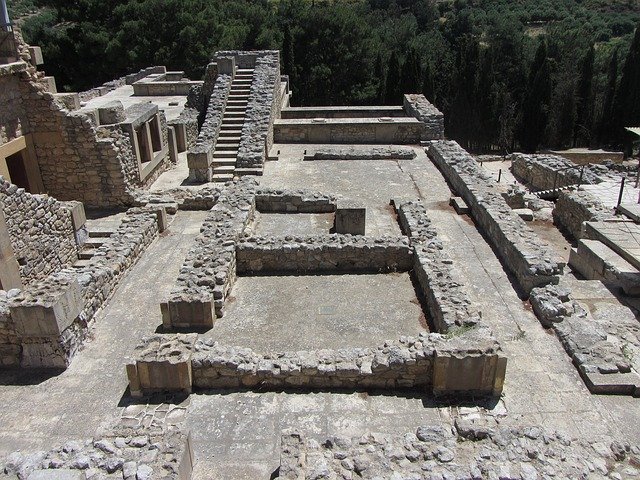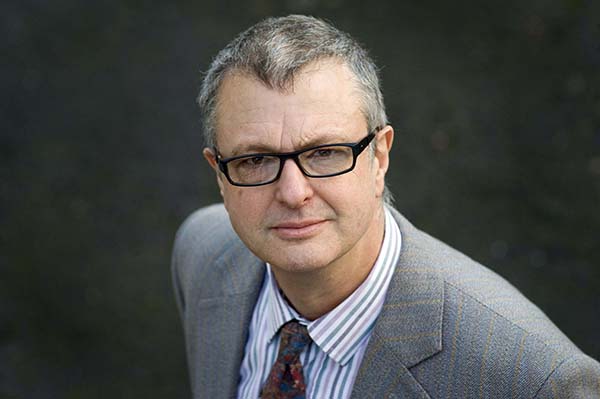Why archaeology should be included in CDM regulations
 Tim Holden, managing director of Headland Archaeology, explains why archaeology should be included in the CDM Regulations 2015 and why his company will continue to operate under the guidelines regardless.
Tim Holden, managing director of Headland Archaeology, explains why archaeology should be included in the CDM Regulations 2015 and why his company will continue to operate under the guidelines regardless.
The health, safety and welfare of those working on construction sites have been outlined in the reviewed Construction (Design and Management) (CDM) Regulations 2015.
They place specific legal responsibilities and duties on clients, designers, principal contractors, contractors and principal designers throughout the length of construction projects and beyond.
But for one industry, these rules no longer apply as archaeology has been taken out of the guidelines all together.
He said: “The review of the CDM Regulations 2015 is quite controversial for the archaeological community. The regulations were first introduced in 1994 and were altered in 2007 but it was never clear whether archaeological work was included, which caused much ambiguity when it came to preparation for construction projects.
“It has now been confirmed that archaeology is no longer considered under these rules which we find to be quite extraordinary as much of the pre-construction work we undertake is of a similar nature to that of pre-construction work – yet that is covered by CDM 2015 and we aren’t.”
Tim continues: “Whilst Archaeology is no longer deemed to be considered as ‘construction work’, as employers we still have to consider the health and safety of our employees, other contractors, visitors’ and the public.
“On a number of the larger scale infrastructure projects we have been involved in, we have taken on the role of principal contractor which includes providing and executing a construction phase plan and being responsible for the earthworks programme.
“For example, on a recent project we stripped more than 250,000 square metres of land involving multiple teams of plant on-site excavating, as well as reinstating, which makes it a significant logistical and health and safety challenge.
“We often employ specialists, such as earthworks sub-contractors and environmental professionals, so we are responsible for maintaining public rights of way, designing and implementing traffic management plans, undertaking fencing, spoil management etc.
“In addition, we frequently deal with issues such as deep excavations, contaminated land and environmental or ecological constraints. These operations are some of the main causes of accidents on site but by following the direction given by the regulations we can ensure that these areas remain covered and that safety remains in high priority throughout the entirety of works.
“I firmly believe we are only able to complete works as safely as possible because we follow the structured requirements of the CDM regulations.
“We have always ensured that the principles were adopted in order to ensure best practice for matters relating to Health and Safety. We feel as a company that we have benefited far more from working under the regulations than outside them.
“It is because of our experience and attention to the guidelines, we believe that a positive safety culture has been created within our organisation. Our teams, across all levels of the business, have a solid understanding of the implications of our work with regards to health and safety. We will continue to invest in training our staff and we will maintain our specialist health and safety manager and team internally as well as our external health and safety consultants.”
Despite archaeology being excluded, Headland Archaeology will continue to operate under the directions from the CDM Regulations 2015 as it believes this is the best way to maintain the positive safety culture it has become known for and proud of.
Tim concludes: “Our duty to carry out risk assessments falls under the Management of Health and Safety at Work Regulations 1999. It is vitally important that while legally we don’t have to operate under the CDM Regulations 2015, this does not change our duty of care to our employees, contractors and visitors.
“We must still carry out our duties in the same manner as before and these are covered by much alternative legislation such as The Health and Safety at Work Act 1974, Management of Health and Safety at Work Regulations 1999 and use of Work Equipment Regulations 1998 and many others.
“We absolutely see the CDM regulations as more of a help than hindrance to undertaking project work in a safe manner and we believe that as such an important part of the construction industry, archaeology should be regulated in a similar way.”
 Tim Holden is managing director of Headland Archaeology
Tim Holden is managing director of Headland Archaeology
Why archaeology should be included in CDM regulations
Tim Holden, managing director of Headland Archaeology, explains why archaeology should be included in the CDM Regulations 2015 and why his company will continue to operate under the guidelines regardless.
Safety & Health Practitioner
SHP - Health and Safety News, Legislation, PPE, CPD and Resources Related Topics
Future-proofing safety: Five trends shaping the PPE landscape of tomorrow
Arco backs SHP campaign for PPE inclusivity
Beth Holroyd: ‘PPE that’s not designed with women in mind is a fundamental problem’



Cdm regs still apply it just means the notification and appointments are not included. You are still affected by hsawa and man regs so why don’t you apply principals if it was notifiable write a cpp ask for PCI and hand over a HSf no harm in doing it
As far as I understand, CDM 2015 Regs. apply to archaeology, possibly for the first time. Only “rescue archaeology” (that is development-led pre-construction work) is exempt, (just as a preliminary tree survey is also exempt). However, once an implications survey is complete, and a protection plan is to be implemented, this comes under a construction phase, and therefore must be covered. Do you agree?